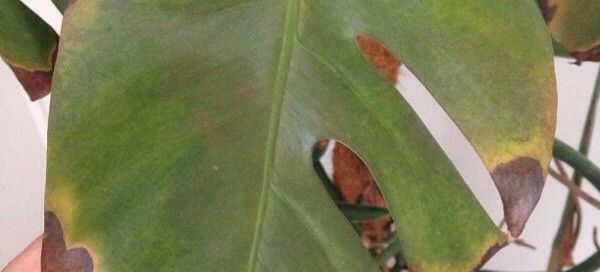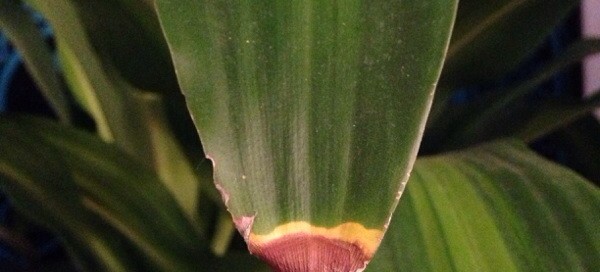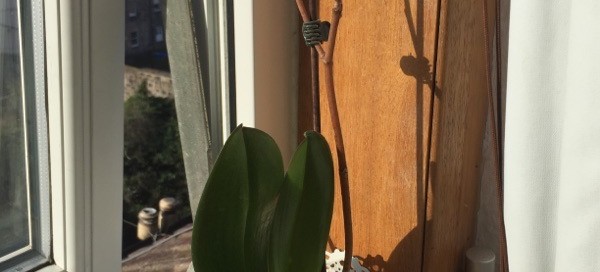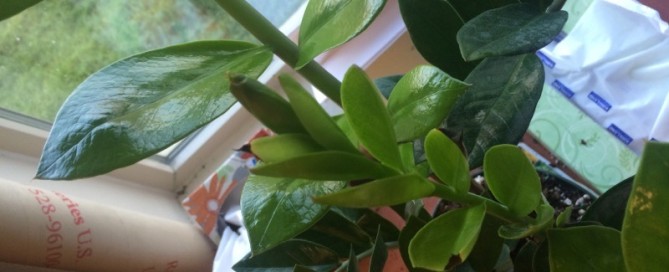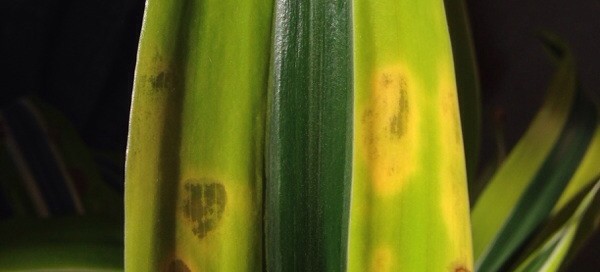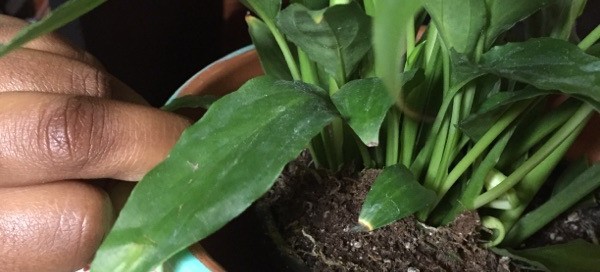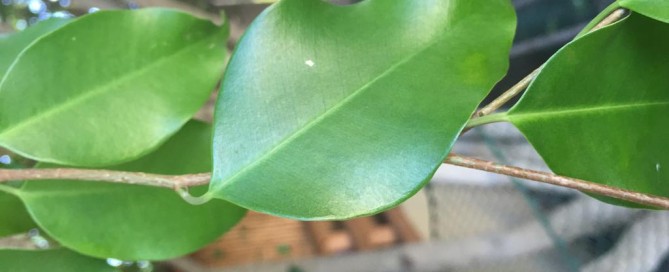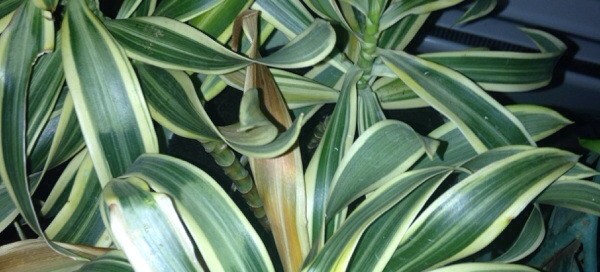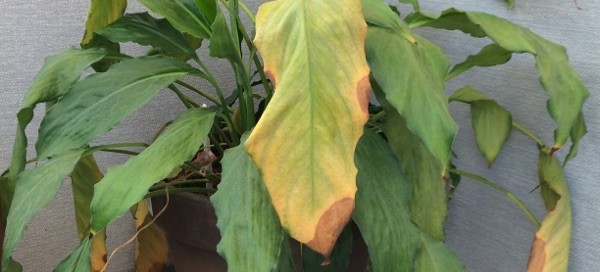Splitleaf Philodendron Problem
Indoors Philodendrons need bright, indirect light and regular water when the soil feels dry to the touch down to the first knuckle. However, the leaf tip browning may be due to either the quality of water or if it is allowed to sit in water. If the plant is in a saucer, make sure you water in a sink so that the water drains out completely before returning to the saucer. And since many houseplants are endemic to the tropics, they are susceptible to salt build-up as well as salts in tap water. Suggest you flush out the plant with water several times in the sink to get the excess salts out of the soil and if the problem continues, switch to steam iron water available at your grocery store. Also feed with a slow release or organic fertilizer formulated for container plants. The pale leaves may indicate a nutrient deficiency. And look for insect infestation such as aphids, mealybugs or scale on leaves and stems. We do not see any insect problem from the photo and believe it is more of a cultural issue - watering, light and nutrient. Hope your plant thrives again.
